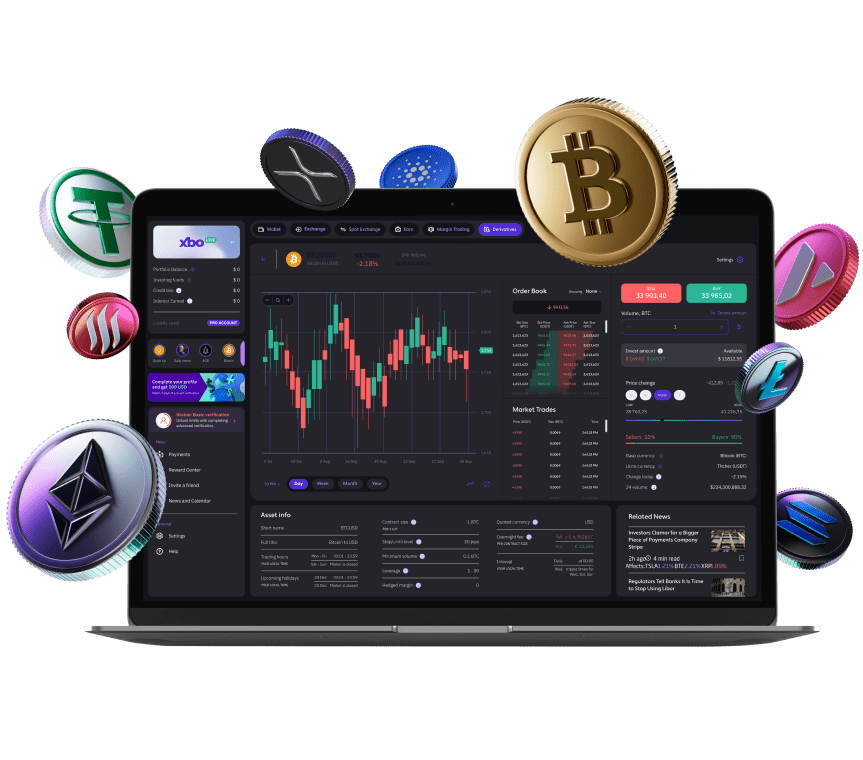Understanding Crypto Futures
Crypto futures are derivative contracts that allow traders to speculate on the future price movements of cryptocurrencies without owning the underlying assets.
Contract Types
Familiarize yourself with perpetual contracts, a type of crypto futures without an expiration date. Perpetual contracts mimic spot market movements and are popular for their flexibility.
Leverage and Margin
Utilize leverage cautiously. While it amplifies potential profits, it also increases the risk of significant losses. Understand margin requirements and manage risk through position sizing.
Market Analysis
Conduct thorough technical and fundamental analysis. Consider factors such as market trends, news, and macroeconomic indicators influencing the crypto market.
Risk Management
Set stop-loss orders to limit potential losses. Diversify your crypto portfolio and avoid over-leveraging to minimize risk exposure.
Liquidity Considerations
Choose liquid trading pairs to ensure smoother execution of trades. Illiquid markets can result in slippage and difficulty closing positions.
Continuous Monitoring
Cryptocurrency markets operate 24/7. Stay vigilant, monitor real-time market data, and be aware of global events affecting the crypto space.
Technical Skills
Develop a basic understanding of technical indicators, chart patterns, and order types commonly used in crypto futures trading.
Fees and Funding Rates
Obtain knowledge related to trading fees and funding rates. Understand how funding rates work in perpetual contracts, as they impact long and short positions.


